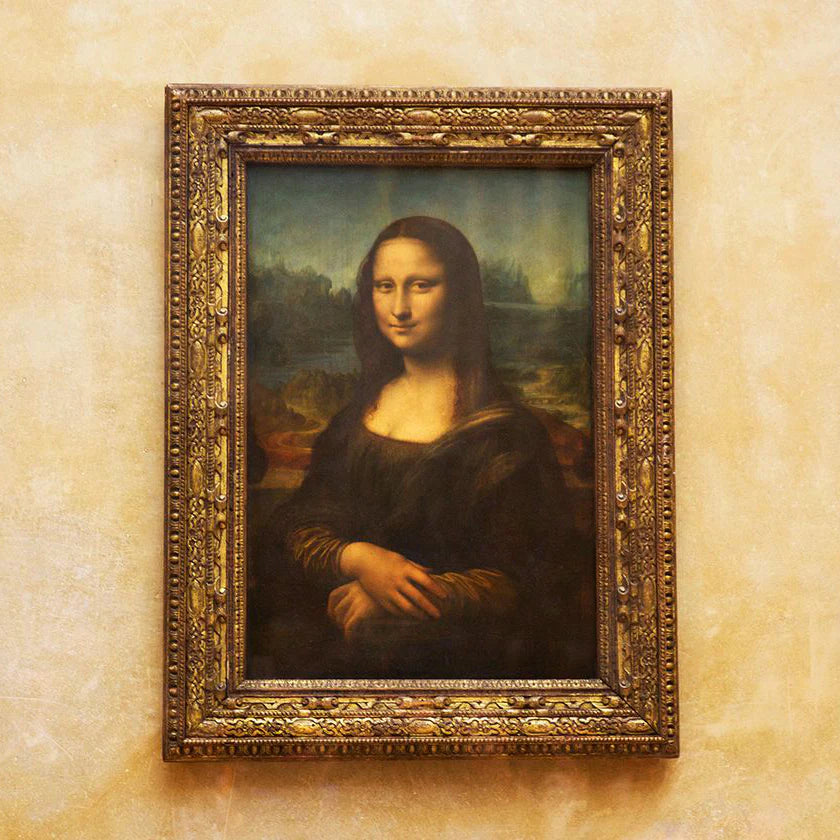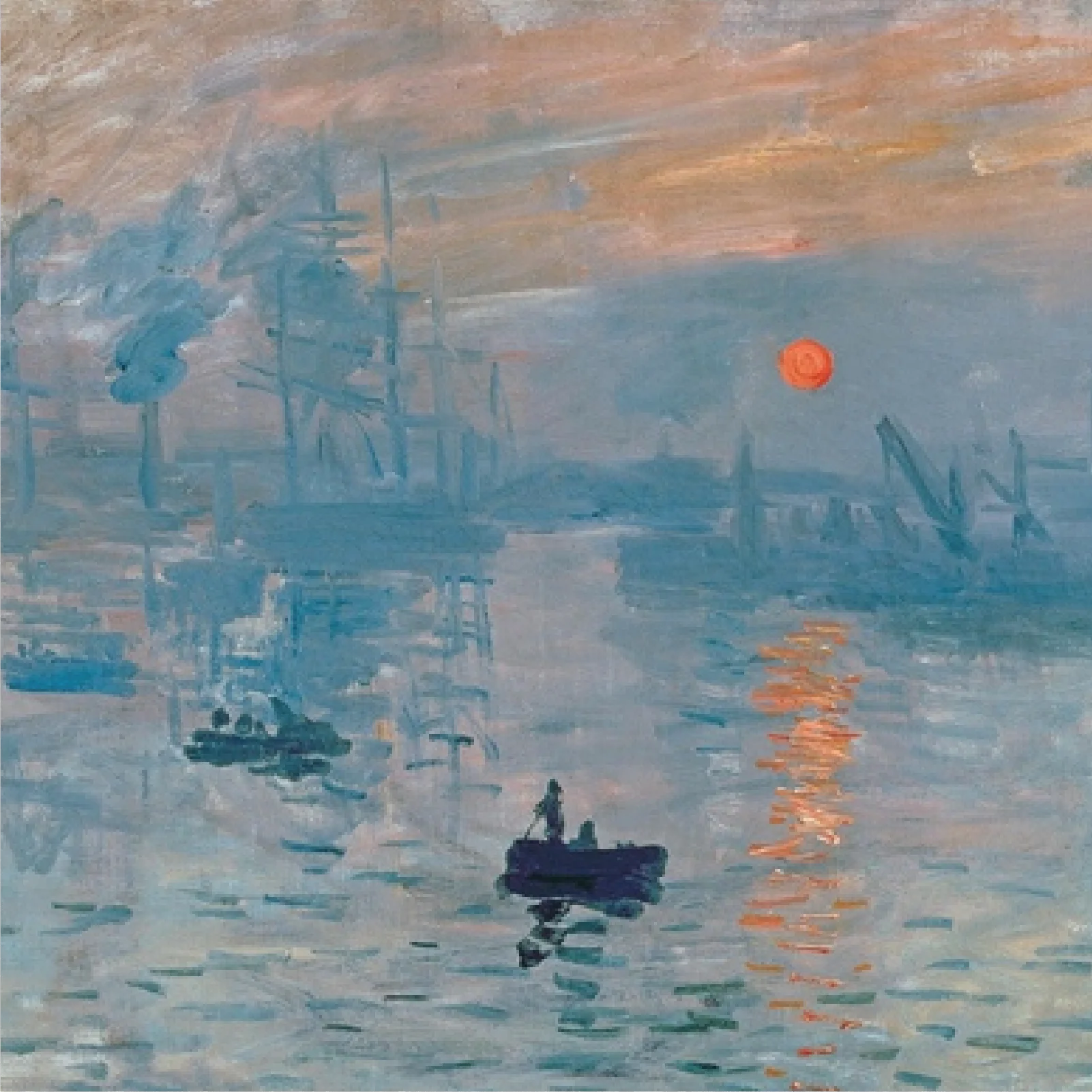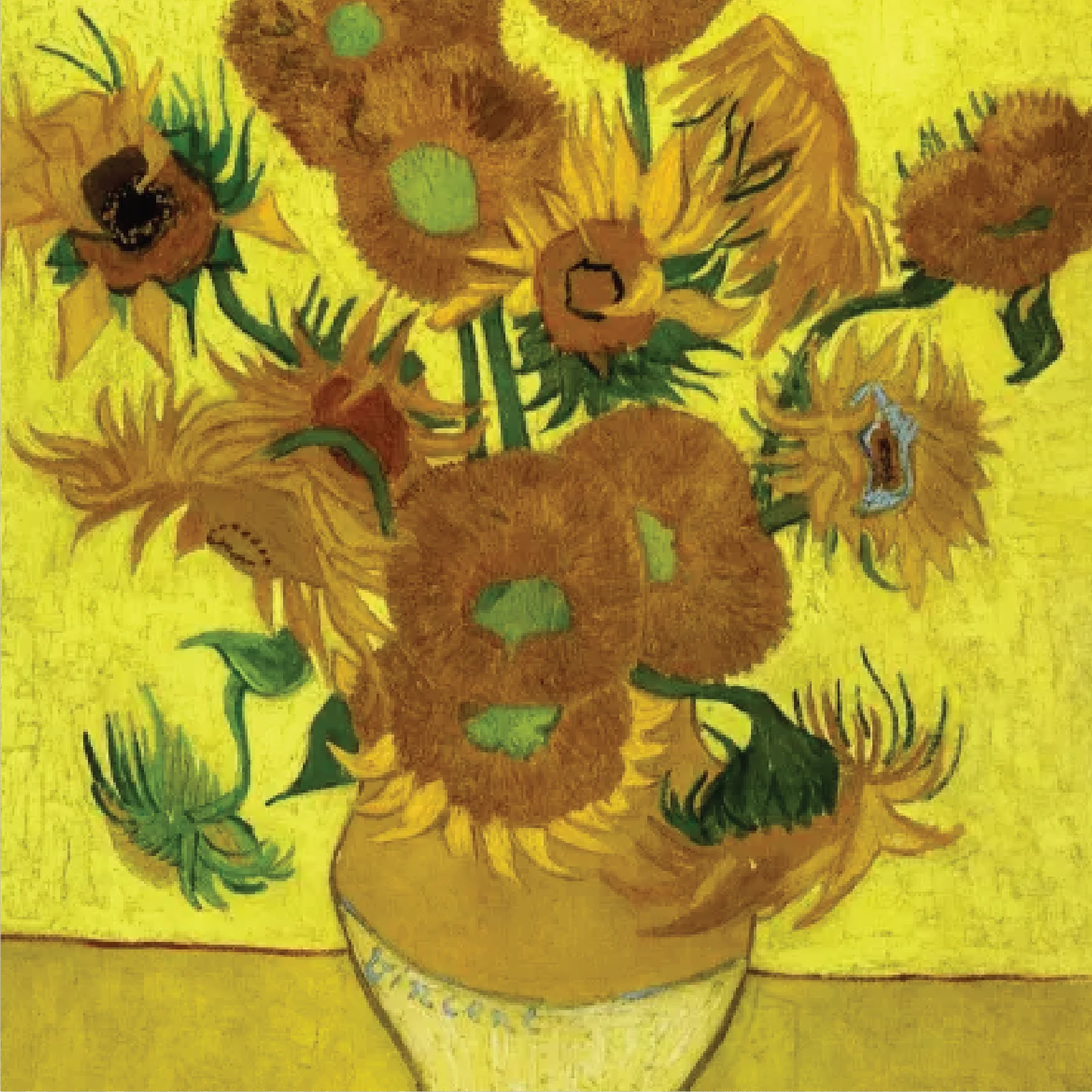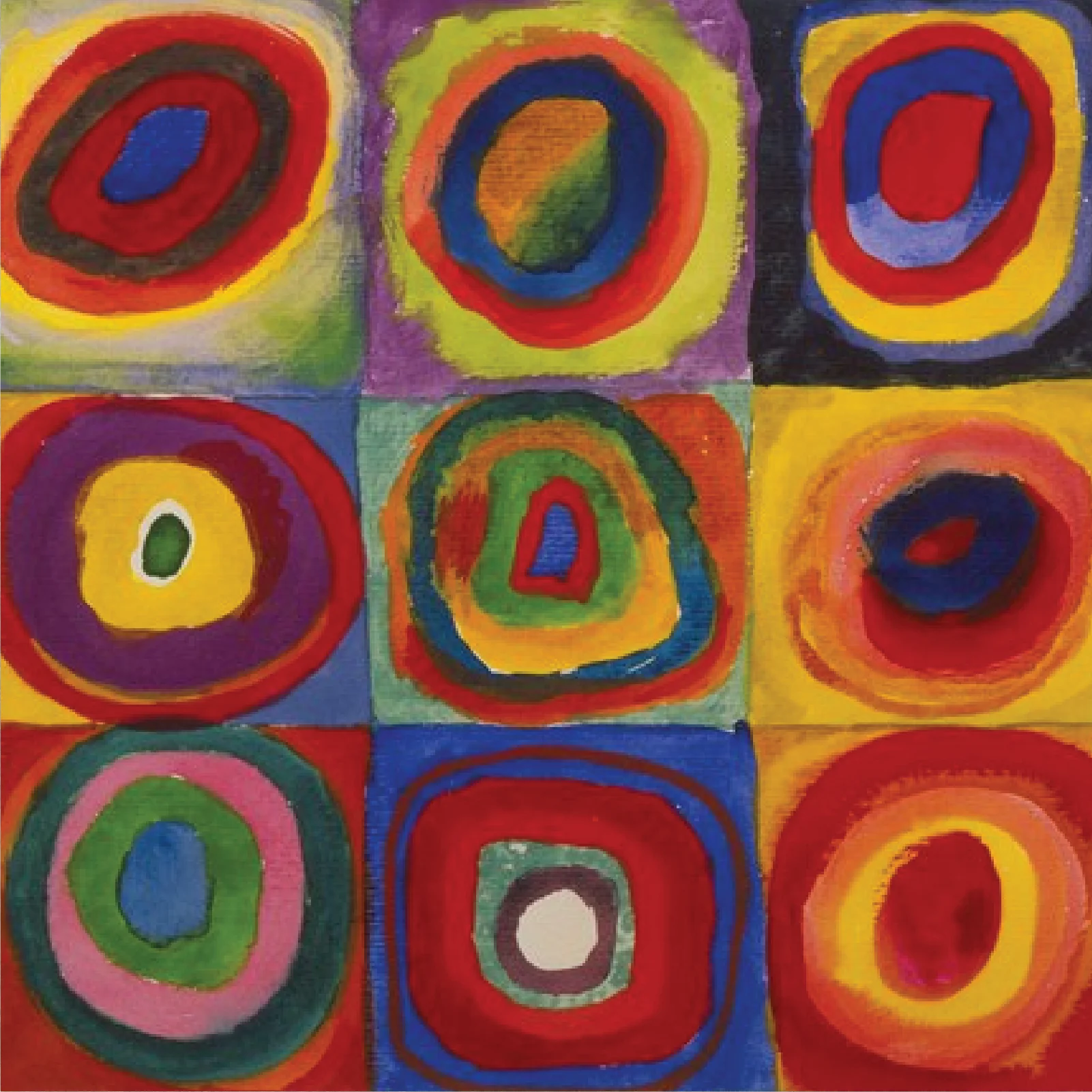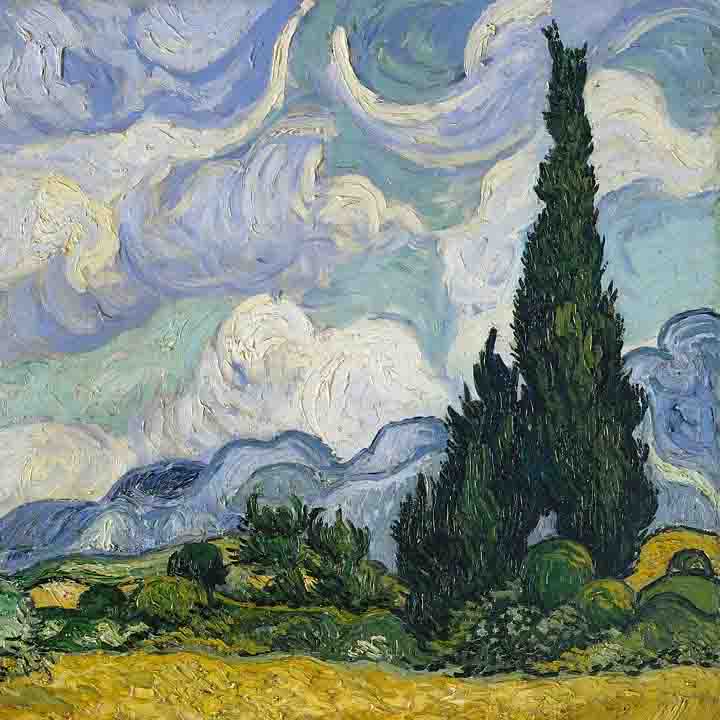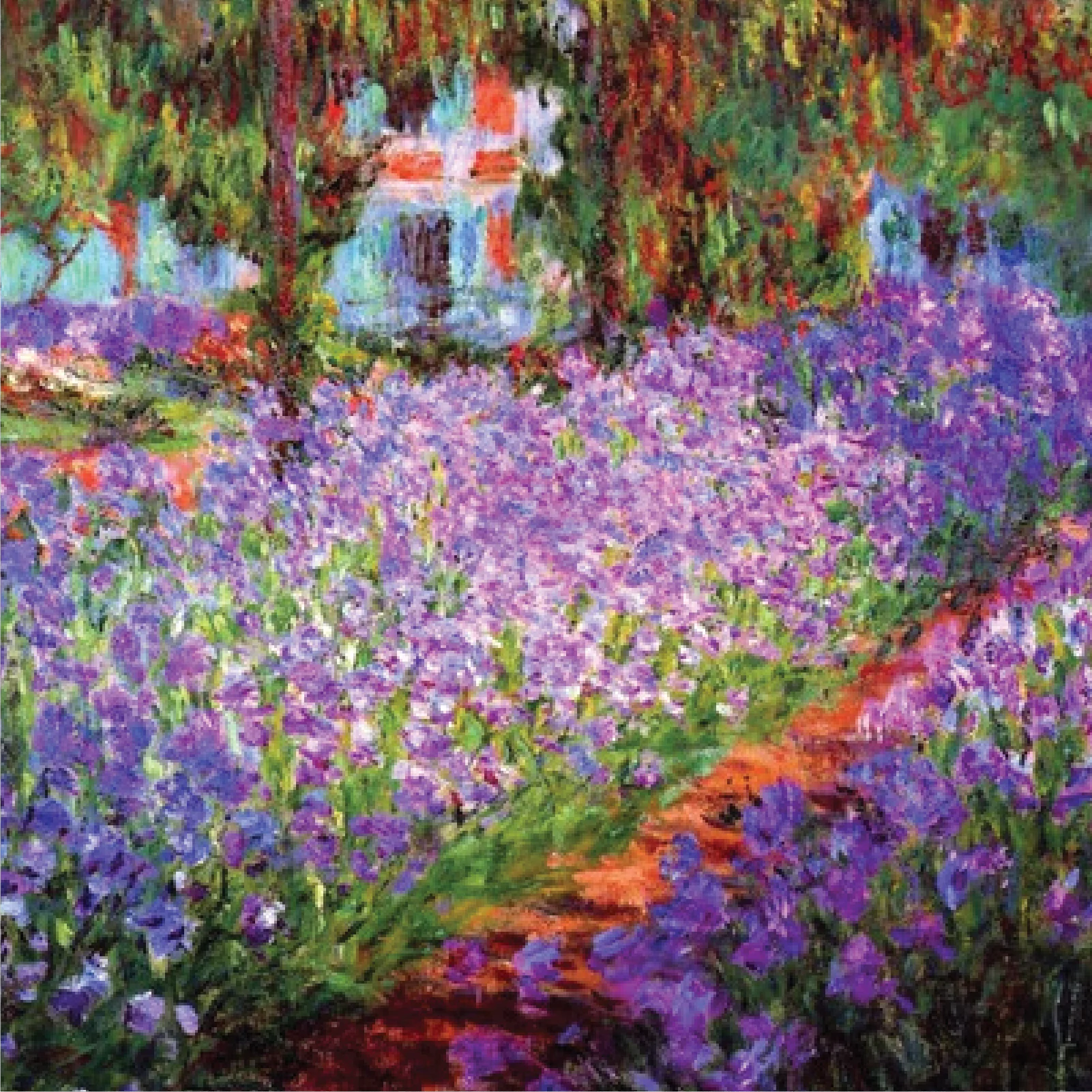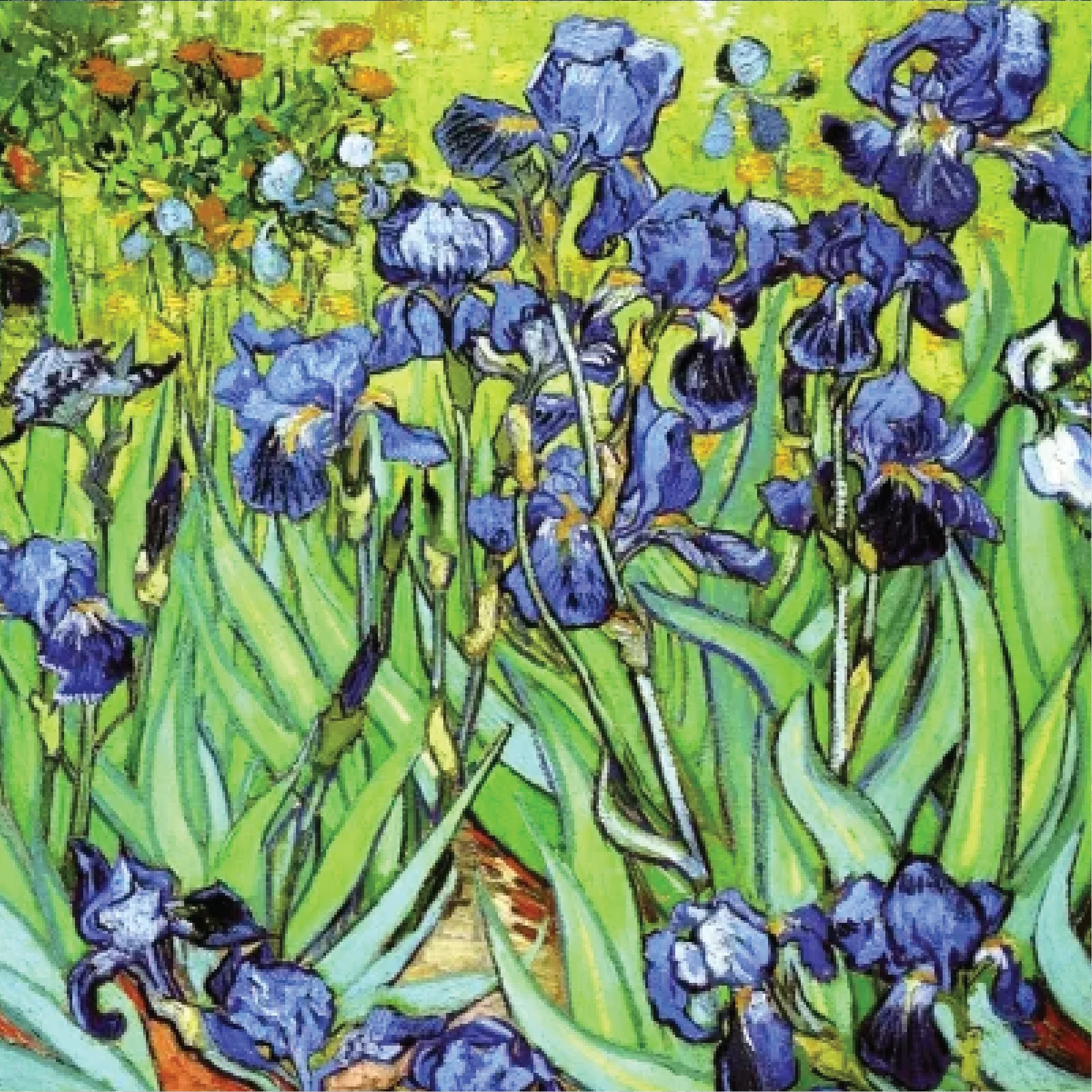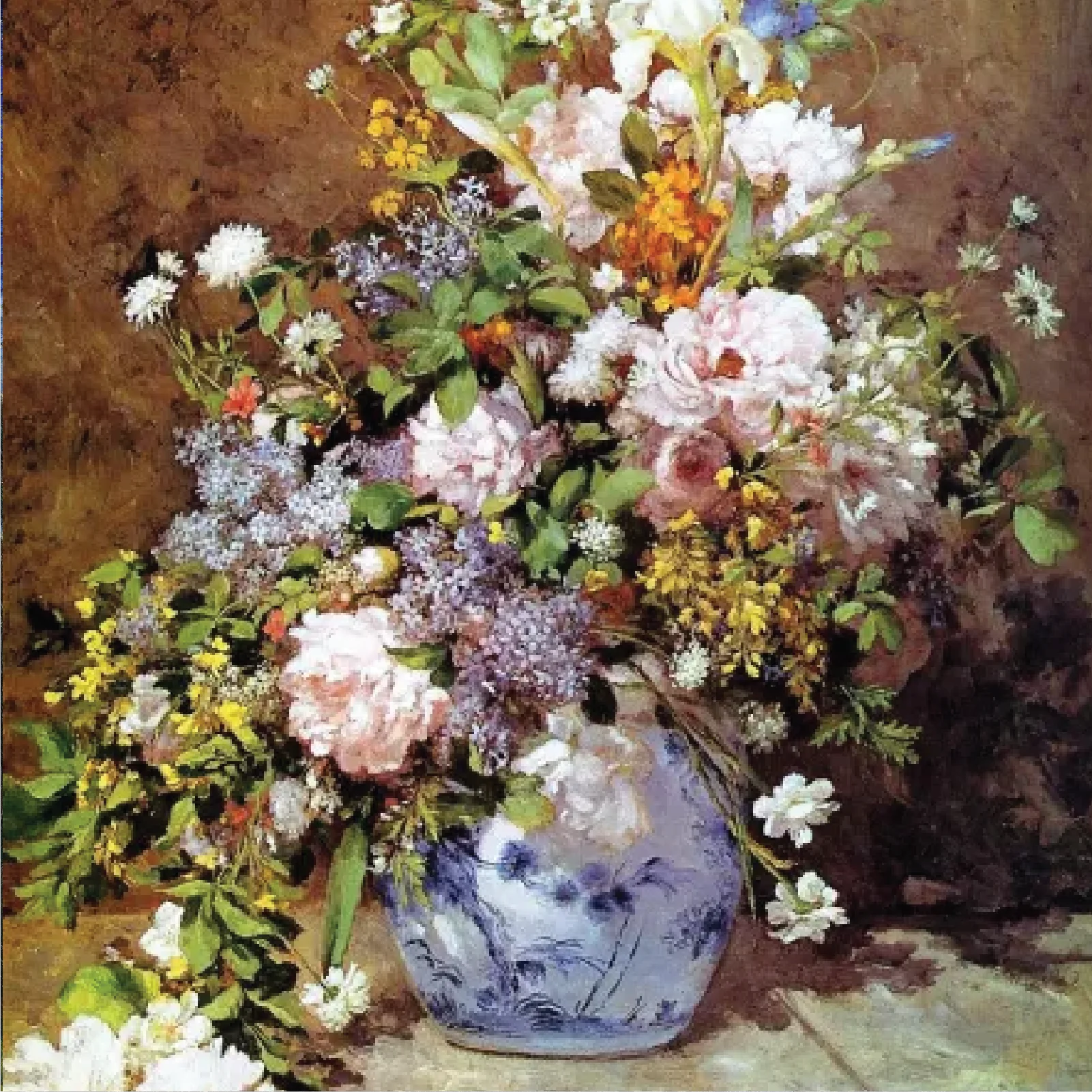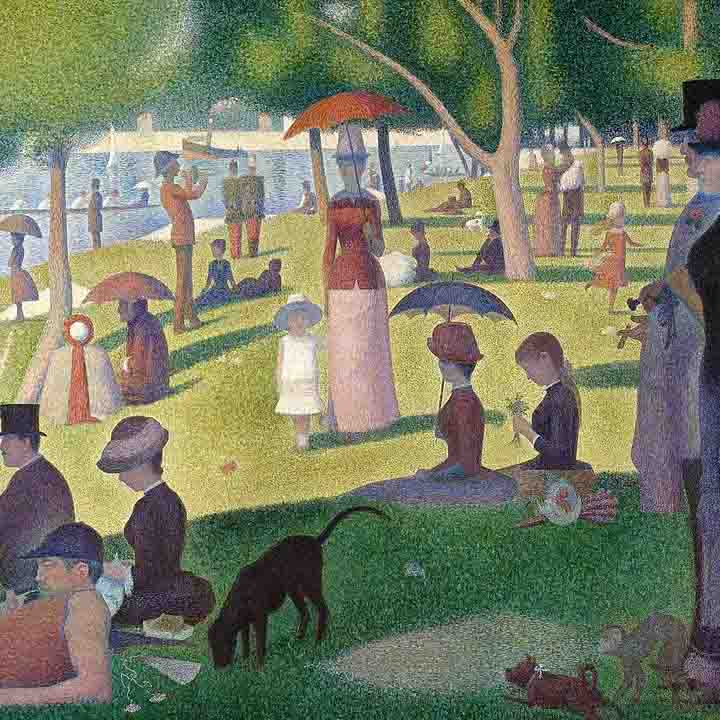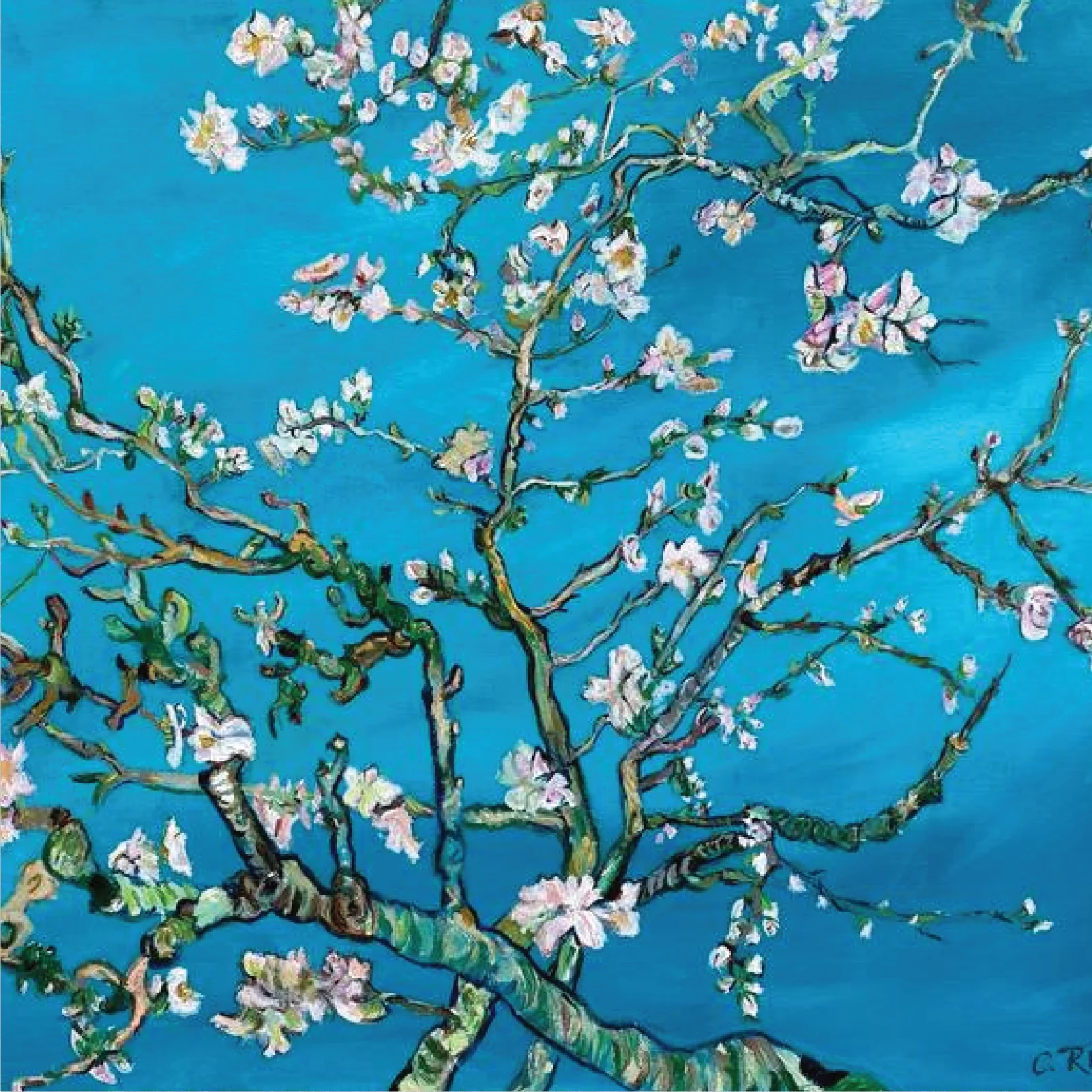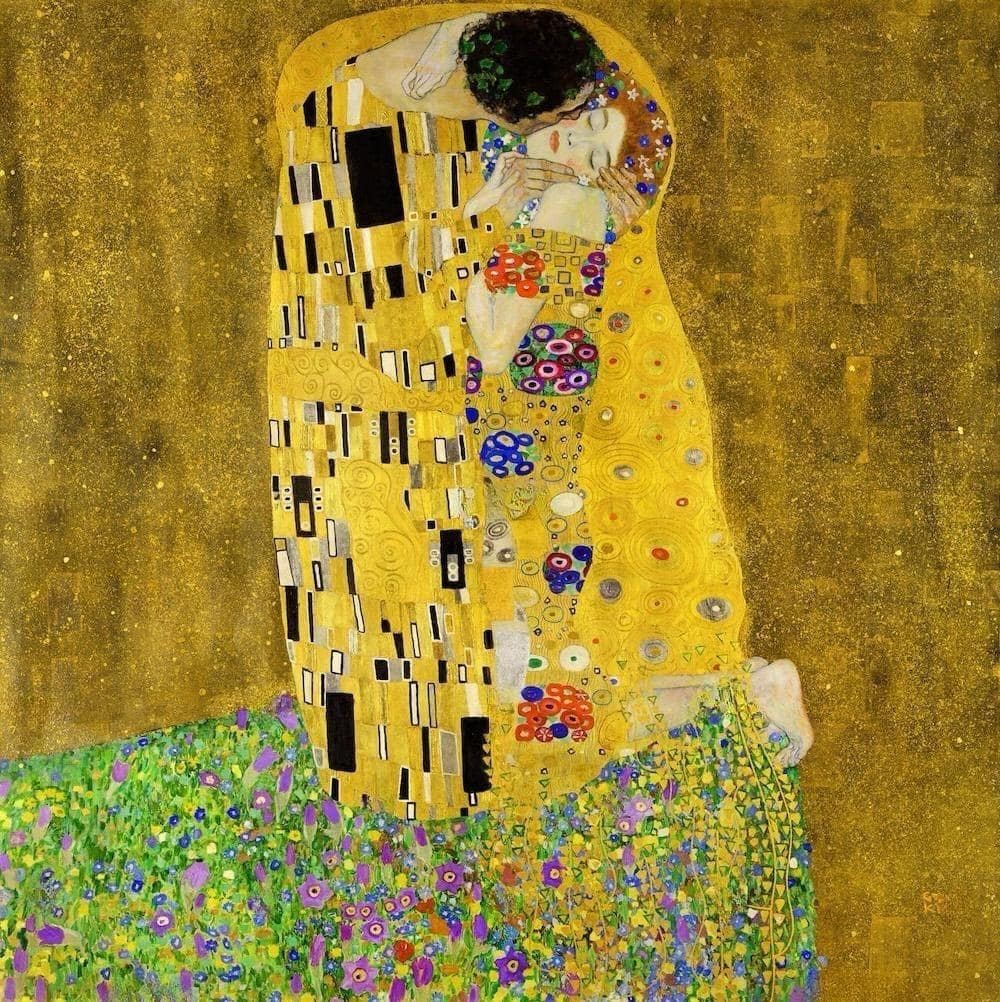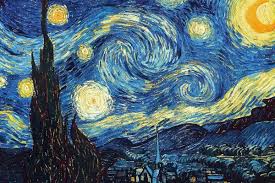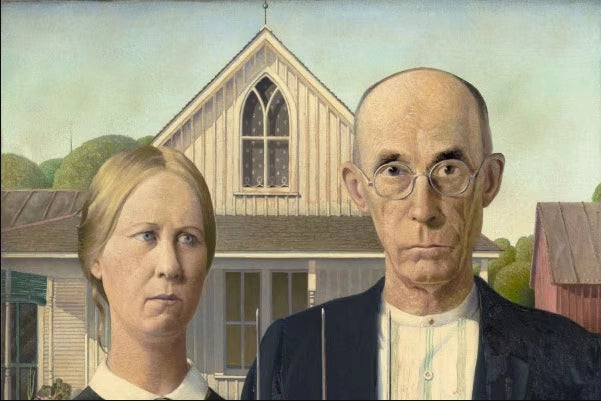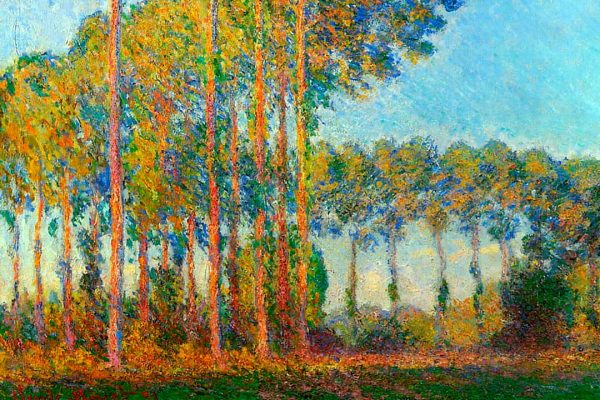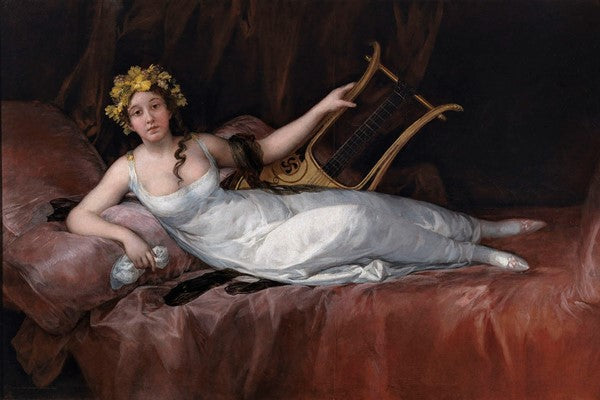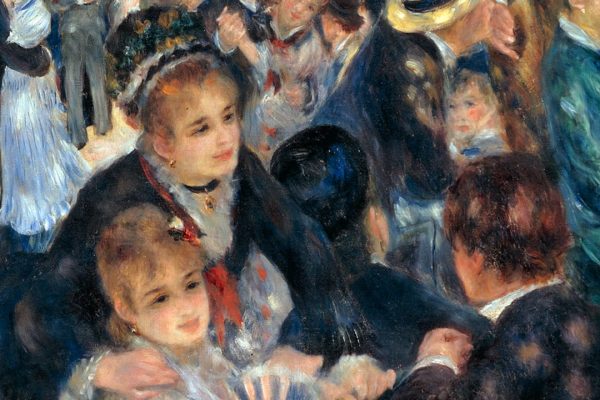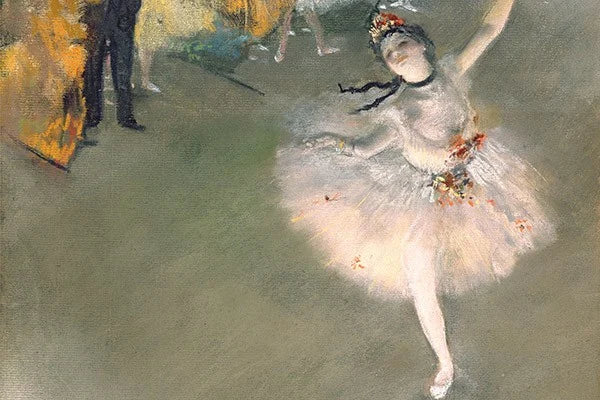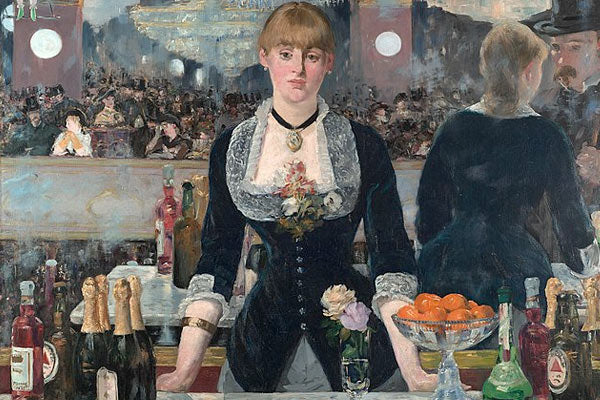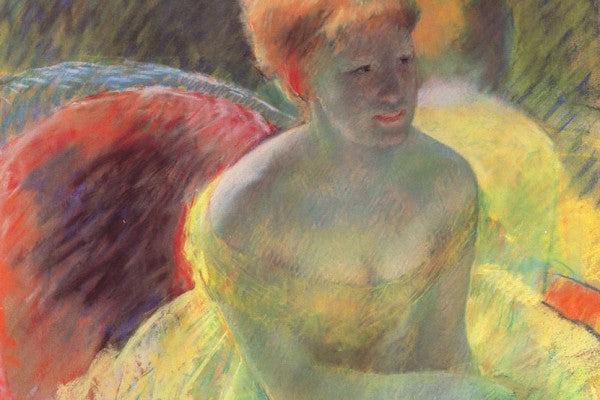Imagine finding your preferred oil portrayal with dwindled colors, cracks, or mold spots. It's irritating and can make you worry approximately its destiny.
Thankfully, you have information about those common troubles and know how to cope with them. This way, you can keep your artwork looking as stunning as when you first saw it.
Let's analyze common troubles that harm oil art and how you can protect your art from them.
Fading and Discoloration in Oil Paintings
Oil paintings are known for their vibrant colors and rich details. However, over time, these oil paintings can suffer from fading and discoloration. This means that the bright reds, deep blues, and other colors start to look dull and lifeless. Light, especially sunlight, causes much fading and discoloration in oil paintings.
Just like how the sun can give us sunburn, it can also damage the colors in your painting. Another reason is the use of low-quality pigments or paint brands that do not stand the test of time. Some pigments are not strong enough to keep their color over many years.
To prevent this, you can use UV-protective glass when framing your painting. This special glass blocks harmful rays from the sun. Also, keep your paintings in a place where they are not exposed to direct sunlight.
If possible, use high-quality pigments and ensure the layer of paint is adequately protected. Additionally, avoid using solvent or mineral spirits excessively, as these can contribute to the fading over time.
Cracking and Peeling Paint on Oil Paintings
Oil paintings can sometimes develop cracks or start peeling. This happens when the paint layer becomes dry and brittle over time. Cracks and peeling paint make oil paintings look old and damaged. They take away the artwork's beauty.
One common reason for cracking and peeling is improper application of the paint. If the paint is applied too thickly or if the layers dry at different rates, cracks can form. Changes in temperature and humidity can also cause the paint to expand and contract. This leads to cracks and peeling.
The National Gallery of Art says many old oil paintings show signs of cracking. This is due to these factors changes in temperature and humidity. Using products like Liquin can help in creating a more flexible paint layer that resists cracking.
To prevent this, it's important to control the environment where the painting is kept. Maintain a stable temperature and humidity level. Avoid placing the painting near heat sources or in damp areas. If you notice cracks or peeling, seek professional help to restore the painting. Using a proper adhesive to reinforce the stretcher can also help in maintaining the integrity of the painting.
Mold and Mildew Growth on Oil Paintings
Mold and mildew can be big problems for oil paintings. The fungi thrive in damp and humid conditions. Once they start growing on a painting, they can cause serious damage.
Mold and mildew growth on oil paintings often resembles fuzzy spots or dark stains. They not only spoil the appearance of the painting but can also weaken the canvas and paint layers. The main cause of mold and mildew is high humidity. A painting stored in a damp place or an area with poor airflow is ideal for these fungi to grow.
The Canadian Conservation Institute found that many artworks were stored in humid places. Over time, they showed signs of mold and mildew. Proper humidity control can prevent this damage.
To protect your paintings, keep them in a dry place with good air circulation. Use dehumidifiers to control the moisture levels in the room. Regularly inspect your paintings for any signs of mold and mildew, and clean them with care if needed. If the mold is severe, it's best to ask a professional for help. They can provide proper treatment using odourless and effective cleaning solutions.
Varnish Damage on Oil Paintings
Varnish is often used to protect oil paintings and enhance their colors. However, over time, it can also get damaged, which can cause problems for the artwork underneath. Damage to oil paintings can look like yellowing, clouding, or even cracking.
It also yellows when it ages or is in sunlight. This yellowness makes the painting look discolored. Clouding can occur if the varnish absorbs moisture, making the painting look foggy.
If you notice any issues with the varnish, it's best to ask a conservator for help. They can carefully remove and replace the damaged varnish.
Preventive Care and Maintenance for Oil Paintings
Taking care and storing oil paintings guarantees that they stay stunning. It also ensures they last for many years. Preventive care and maintenance are easy. They may make a big difference in protecting your artwork. Firstly, it is vital to maintain your paintings in strong surroundings.
Big swings in temperature and humidity can harm things. They can cause cracking or mold. The ideal conditions are 65-75°F and 40-55% humidity. Using a dehumidifier or humidifier can help maintain those degrees. Dust your artwork often using a gentle, dry cloth.
This prevents dirt and grime from building up. However, avoid using water or cleansing agents, as they can harm the paint. Always handle paintings with smooth arms. Or, put on gloves to stop oils and dust from getting on the floor.
Another key tip is to avoid hitting paintings in direct sunlight. Also, avoid placing them near heating sources, like radiators and fireplaces. These can cause the paint to fade and the canvas to become brittle over the years.
Regular maintenance includes ensuring the painting's surface does not become too oily and inspecting the stretch and prime of the canvas to keep it rigid and well-stretched.
Conclusion
Taking care of oil paintings is essential to preserve their beauty and value over time. Along with drying oil with layers of oil paint, address issues like fading and discoloration. Also, address cracking and peeling, mold and mildew growth, and varnish damage.
Doing so promptly can prevent long-term harm. Preventive care and maintenance are important. They help keep these artworks in good condition.
If you notice major problems with your oil paintings, you should seek help from a conservator. Conservators have the skills to fix and protect your paintings, ensuring they stay in great condition.
Do you love oil painting reproductions? Do you want to buy high-quality ones? Art & See offers an amazing selection. They provide high-quality artwork at good prices. It's easy to find beautiful reproductions for your home or collection.
